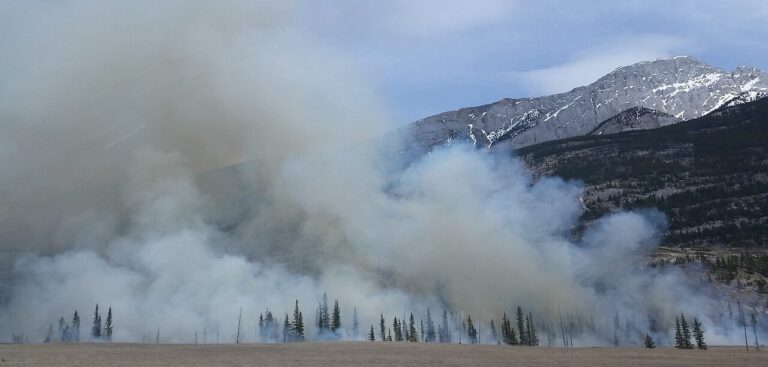A new study has found that the short-term impacts of rising temperatures, deforestation and farming on many vulnerable landscapes will result in the loss of the land’s ability to store carbon in the longer term.
Led by the Ecological and Forestry Applications Research Centre (CREAF) and Antwerp University, and co-authored by the UK’s National Centre for Atmospheric Science (NCAS), the study found that, due to increasingly unstable conditions caused by humans, some regions across Earth are absorbing less carbon consistently via the carbon sinks provided by trees, soil and plants. In turn, this will further undermine global efforts to curb or reduce levels of greenhouse gases in the atmosphere.
Dr Patrick McGuire, study co-author and land surface processes computational scientist at NCAS and the University of Reading, said, “Ecosystems on land currently absorb almost one-third of the carbon emissions created by humans. If they start to absorb less carbon, the Earth’s natural ability to curb climate change diminishes. This means we may need to cut man-made carbon emissions even faster than we had previously thought.
“We found that large regions of the world are vulnerable to sudden and dramatic changes to their landscape, because the ability of their ecosystems to absorb carbon starts to destabilize. For example, forest fires in California are more likely because of extremely dry and hot conditions caused by a hotter atmosphere. More fires mean forest turns to scrubland, sometimes permanently. This reduces the land’s overall ability to suck carbon out of the atmosphere as it did before.
“This creates a vicious cycle as areas such as these become more vulnerable to the effects of climate change in the future,” said McGuire.
Researchers found that between 1981 and 2018, ecosystems across the world moved through different phases, ranging from high productivity, when plants were able to take in more carbon, to low productivity, when plants were less able to absorb carbon.
The scale of these fluctuations creates a greater risk of destabilization, increasing the risk of abrupt landscape changes as ecosystems cannot acclimate to climate change, deforestation and changes to biodiversity, among other factors.
According to the study, regions most at risk typically have less forest cover and more cropland, are warmer, and have experienced greater rises in temperature, which could be related to an increase in extreme weather events, such as heatwaves and cold snaps.
The areas identified as most at risk include the Mediterranean Basin, Southeast Asia and the west coasts of North and Central America.
The researchers said these vulnerable areas have developed a memory – described as a temporal autocorrelation – meaning that years where carbon uptake is lower are more likely to be followed by years where carbon uptake diminishes further.
Researchers say that as less carbon is absorbed in areas where forestland dominates, the likelihood of scrubland becoming the permanent landscape increases and forests could be lost forever.
While several regions are at risk of abrupt changes in their landscapes, there are parts of the world where carbon absorption levels are consistent and ecosystem collapse is less likely because of carbon fluctuations. This includes the tropical forests of the Amazon, and parts of Central and Northern Europe, where carbon absorption capacity has increased. However, the researchers warn that regions such as the Amazon face other climate threats, such as future shifts in regular patterns of rainfall.
To view the full study published in the journal Nature, click here.



